Our normal route on the road home from Colorado involves zipping through the scrub ranch land of eastern Colorado on I76 to join I80 as it catches the southern edge of the Platte River valley in southern Nebraska and follow I80 pretty much all the way through Iowa before swinging north into Wisconsin.
We’ve made the trip more than a dozen times, and it has gotten a bit “ho-hum”. I still like the scenery and we do occasionally find some new things along the way (for example the use of the Platte valley as a resting place during the spring Crane migration and one of the largest rail classification yards (Bailey Yard) in North Platte), but I wondered what else could be found in northeastern Colorado and a bit further north in Nebraska.
After delving into maps and possible routes to go northeast from Longmont, we settled on a route up through the Pawnee National Grasslands and then due north through the western edge of Nebraska to the Scotts Bluff National Monument. Our though was to maybe do some bird watching in the grasslands and pick up another stamp in Kathy’s national park passport at the Scotts Bluff Monument,
The route also set us up for a trip east through Nebraska along part of the Platte we hadn’t traveled and into an interesting area of Nebraska called the Sand Hills that I found intriguing.
On our last morning with the kids in Longmont, we had a nice breakfast with them. After helping with cleanup, we hit the road intending to get to Scottsbluff Nebraska by the evening.
It turned out to be an extremely windy day in the grasslands, with sustained winds easily 30-35 MPH and gusts as high as 45 MPH. We did travel the bird watching route anyway. It was a slow trip because of gravel roads, but the overall ride and scenery was awesome.
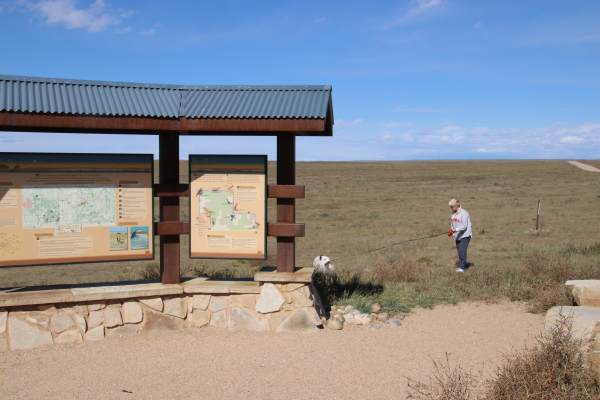
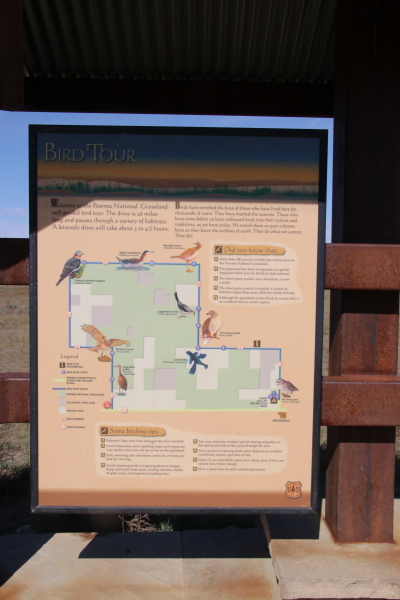
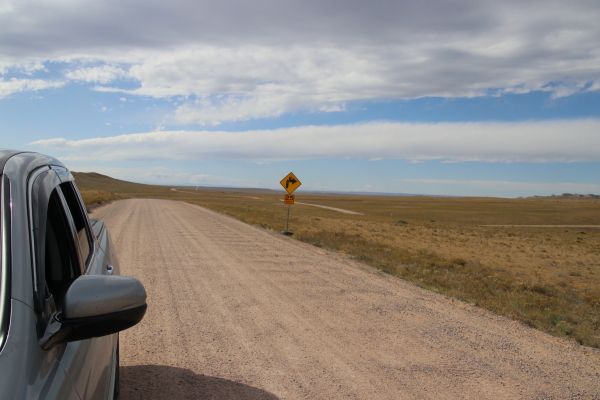
I’ve not been in an area so open and hilly, with no trees but thick prairie grasses flowing with the wind as far as you can see. We drove on the gravel roads alone, no other cars, no people, just the sight of the tall grasses running to the horizon and meeting the clear blue sky, the only sound the wind whistling through the grass.
Again, I was impressed by the vastness of the US, the open land. And then I thought of this land how the Indians likely found it, studded by thousands upon thousands of hulks of brown buffalo fur, to them an apparent endless supply of sustenance for lifetimes and generations. Now gone, none to be seen.
But still, there’s the land
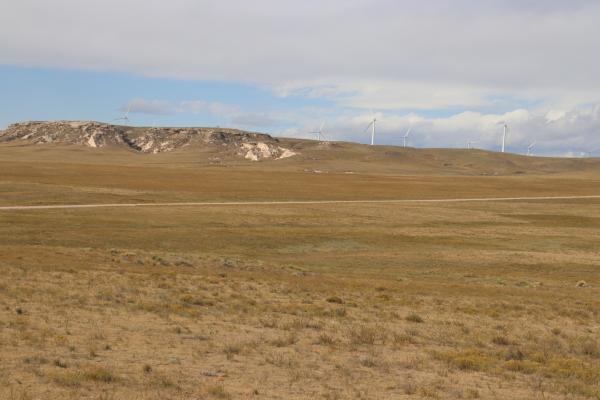
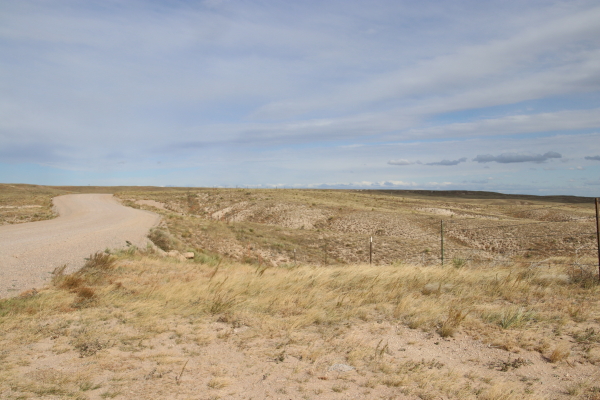 On one hand, the vision is enriching and it inspires awe. On the other it’s sad, almost gut retching, considering how the land is almost wasted since the destruction of the natural resource that the land supported.
On one hand, the vision is enriching and it inspires awe. On the other it’s sad, almost gut retching, considering how the land is almost wasted since the destruction of the natural resource that the land supported.
We left the grasslands and cruised just about due north along the edge of Nebraska towards Scotts Bluff, where we planned to spend the night.
